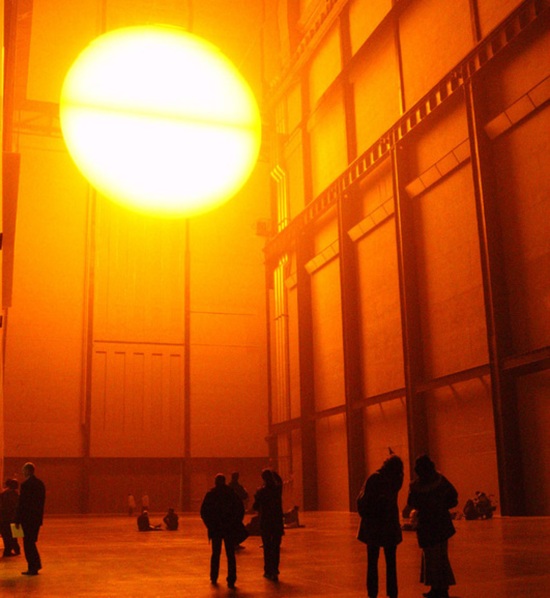The Tate Modern will descend into darkness as the gallery hosts a series of blackouts to allow visitors to explore the commercial property museum by torchlight.

As part of the London 2012 Festival, Scandinavian artist Olafur Eliasson has produced a portable solar-powered lamp, in the shape of the sun.
Saturday nights will see up to five hundred people visit the Tate’s Surrealist commercial property galleries lit up by his “portable eye”.
The lights will go out for two hours at the former power station, giving visitors a whole new perspective of the commercial property gallery. The events will also consist of a seminar and 16 short films by filmmakers from off-grid areas around the world.
The torch has been designed to bring light to the 1.6 billion people around the world without direct access to electricity. After charging in the sun for five hours, the lamp can generate light for five hours.
Eliasson believes this portable solar-powered lamp could bring light to people who rely on expensive and dangerous kerosene lamps, allowing them to work, cut living costs and overall improve their quality of life.
The lamp, dubbed Little Sun-has been manufactured in China and will be distributed to third world countries around the world, via small commercial property businesses that will purchase it at a heavily low-cost price. Eliasson and Ottesen are looking to sell 400,000 lamps in the short term, and predict sales could hit 1 million in 2013.
Eliasson, who teamed up with Danish engineer Frederik Ottesen to create the lamp said: “Little Sun is a small work of art with a large reach.”
Director of London 2012, Ruth McKenzie, said Eliasson was “one of the first artists we approached to come up with a project for the festival.”
However the project hit headlines earlier this year after one part, which focused on recording people breathing, sparked opposition in some areas of the media and spooked its backers.
Mr Eliasson said that the uproar had prompted him to drop Take a Breath, and stressed that it had been his choice. He said: “The Murdoch papers went after that part of it and I decided not to go with it.”
The artist-best known for The Weather Project which drew in 2 million people with his 2003 installation of a giant sun in the commercial property Tate Modern’s Turbine Hall, called his newest creation “highly personal”.
He said: “An artwork is never just an object. It is also the experience and its contextual impact, how it is used and enjoyed, how it raised questions and changes ways of thinking and living.”
The blackouts-which will take place over four consecutive weeks from 28 July, will echo the 1938 International Surrealist Exhibition in Paris, where Man Ray supplied guests with torches to explore the Galerie des Beaux-Arts.
The event will be free of charge; however visitors will need to purchase a Little Sun, which will cost £16.50.
Previous Post
Mothercare Plc Posts First Quarter Results